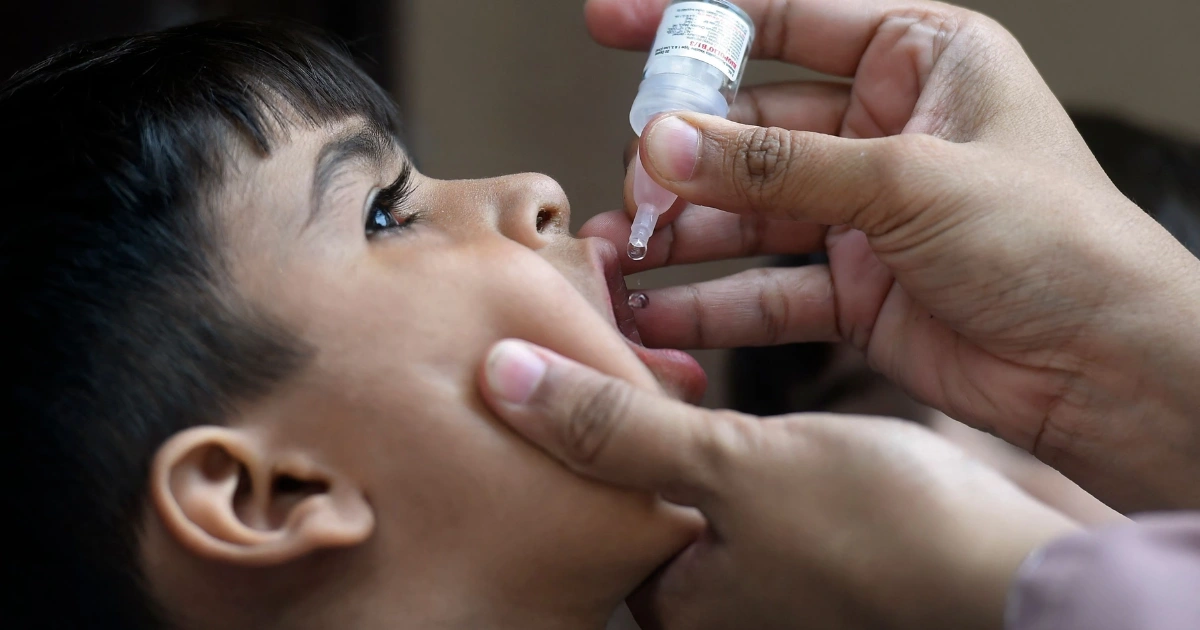Medically Reviewed By Dr Ratna Bhati (Epidemiologist)
The Government of India, in coordination with the WHO, plans to gradually phase out the National Polio Surveillance Network (NPSN) starting June 2025. As part of this transition, the number of polio surveillance centers will be reduced from 280 to 140 by 2026–27. This is a major step in moving from a polio-focused program to a more broad-based disease tracking system.

India’s fight against polio is one of the greatest achievements in global public health. At the center of this effort was the NPSN — a network that helped detect, monitor, and respond to any sign of polio. As the program transitions to new systems, it is important to understand its journey, role, and what this change means for the future of health in India. Know About NPSN.
What is NPSN?
The National Polio Surveillance Network (NPSN) was started in 1997 by:
- The Ministry of Health and Family Welfare
- In collaboration with the World Health Organization (WHO)
Its goal was to:
- Find and track cases of Acute Flaccid Paralysis (AFP), a key symptom of polio in children under 15.
- Collect stool samples and send them to specialized labs.
- Take quick action if polio virus was found.
How NPSN Works
Key Components
- Surveillance Medical Officers (SMOs): Doctors trained to detect and investigate AFP cases.
- Polio Laboratories: Special labs for detecting the poliovirus in stool samples.
- Field Surveillance Units: Offices set up in every state and many districts.
- Data Units: Used to record and monitor all reported AFP cases.
Reach and Scale
- NPSN had over 280 surveillance centers across India.
- It worked closely with local health departments, Anganwadi workers, and vaccination teams.
India’s Success Against Polio
Timeline
- Last wild polio case in India: 2011 (in West Bengal)
- India declared polio-free: 2014 by WHO
NPSN’s Role in This Success
- Tracked and tested all suspected cases quickly.
- Helped organize Pulse Polio Immunization campaigns.
- Collected and analyzed national data on AFP.
- Responded quickly to any outbreak risk.
- Also supported detection of vaccine-derived poliovirus (VDPV) and imported cases.
Why the Phase-Out?
Shifting to a Broader System
- India now needs a system that watches for many diseases, not just polio.
- So, the government is merging NPSN’s work with:
- IDSP (Integrated Disease Surveillance Programme)
- Run by the National Centre for Disease Control (NCDC)
Timeline for Transition
- June 2025: Start of phased withdrawal.
- By 2026–27: Number of NPSN centers will drop from 280 to 140.
- Full shift to IDSP by end of 2027.
What Are the Concerns?
1. Risk of Polio Returning
- Polio still exists in countries like Pakistan and Afghanistan.
- Imported cases or vaccine-derived strains can still appear.
- Surveillance must remain strong to prevent a comeback.
2. Job Security for Staff
- Hundreds of Surveillance Medical Officers and other staff are on WHO contracts.
- If not absorbed into the new system, they may lose jobs or face delays in reappointment.
3. Is IDSP Ready?
- IDSP already tracks diseases like dengue, malaria, and flu.
- But it may lack the special training and network that NPSN had for polio.
Relevance to Medical Students
Key Subjects Involved:
- Community Medicine: Understanding vertical vs. integrated disease programs.
- Microbiology: Role of stool sample testing and virus isolation.
- Preventive & Social Medicine (PSM): Planning and evaluating health programs.
Medical students can learn how organized surveillance, early detection, and mass immunization worked together to eliminate a disease from a huge country like India.
Relevance to UPSC Aspirants
Topics You Can Link NPSN With:
- GS Paper II (Governance & Health): Health systems, disease control programs, WHO cooperation.
- GS Paper III (Science & Technology): Application of biotech in disease surveillance.
- Essay Paper: Public health success stories, India’s global image, and lessons from eradication.
You can also use NPSN as a case study in topics like:
- Good governance in health
- Sustainable Development Goals (SDG 3 – Good Health and Well-being)
- India’s preparedness for pandemics
FAQs
Q1: When was NPSN launched?
1997, by the Ministry of Health and WHO.
Q2: What is AFP surveillance?
Tracking cases of Acute Flaccid Paralysis — a key sign of polio.
Q3: When did India report its last polio case?
In 2011, in West Bengal.
Q4: What system is replacing NPSN?
IDSP – Integrated Disease Surveillance Programme.
Q5: Why is the transition important?
To monitor not just polio but all major diseases under one unified system.

Hello, I am Dr. Ashish. I have lot of experience in medical field and education, I have gained lot of knowledge in my entrance exam life and medical studies which I want to share with everyone so that I can help more and more people.